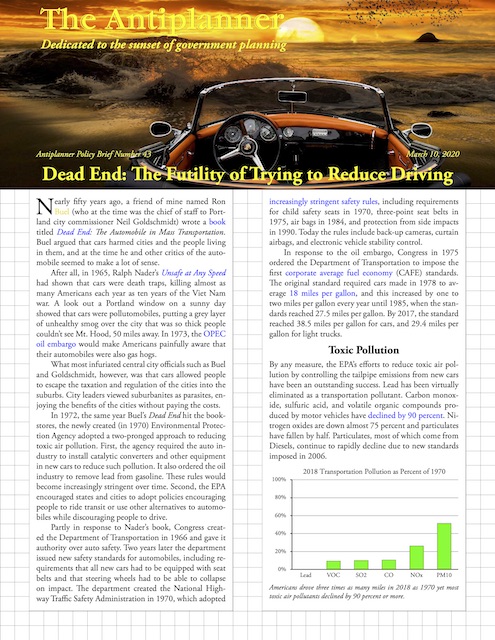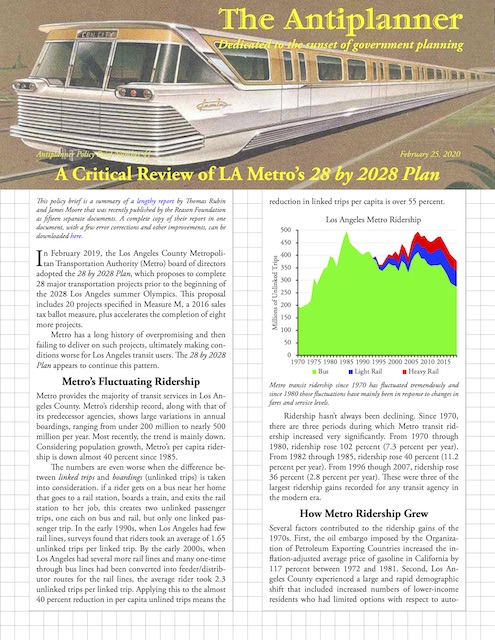Entire universities are shutting down and telling their students to go home. The governor of Washington has banned all gatherings of 250 people or more. Entire countries are shutting down. Numerous airlines have offered worried travelers flexible cancellation policies.
So how is America’s transit industry responding to coronavirus? Denver’s RTD says it is “wiping down its handrails” once a day. That’s reassuring, so long as each bus and rail vehicle only carries one passenger a day.
Seattle’s Sound Transit’s trains presumably sometimes carry more than 250 people at a time, but Governor Inslee has exempted them from the 250 limit (of course; transit gets exemptions from all the rules everyone else has to follow). The agency is firmly responding to the crisis by “putting posters on vehicles reminding everyone to follow critical health guidelines.” That’ll stop the epidemic in its tracks! Continue reading










